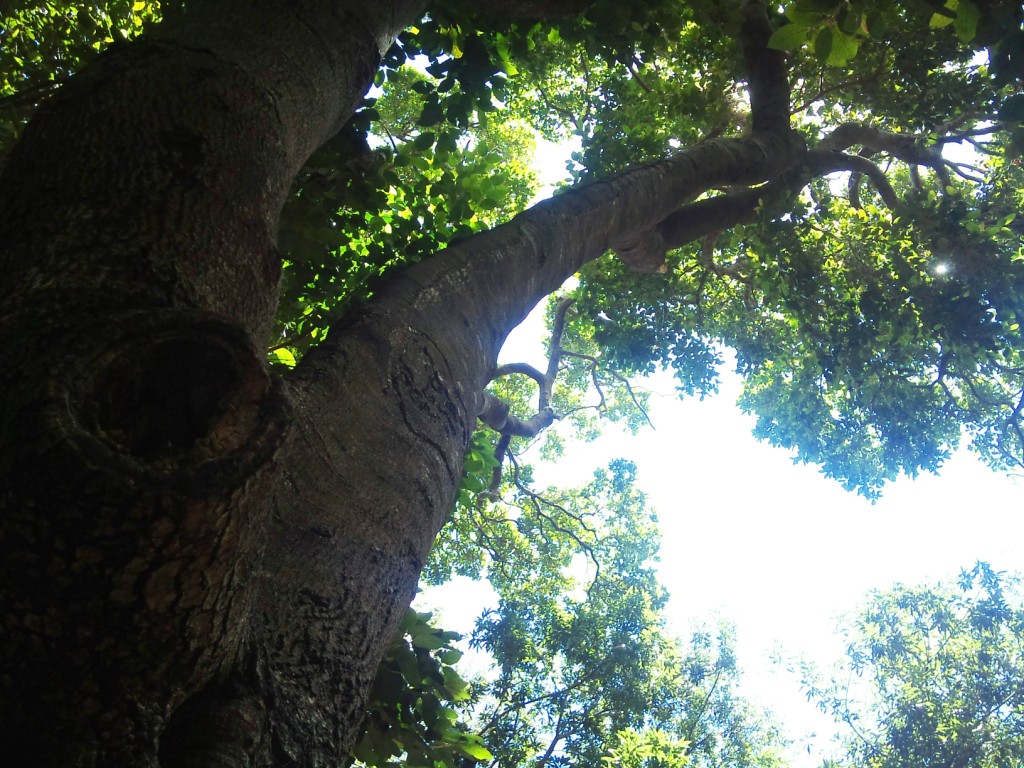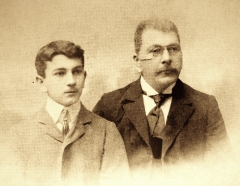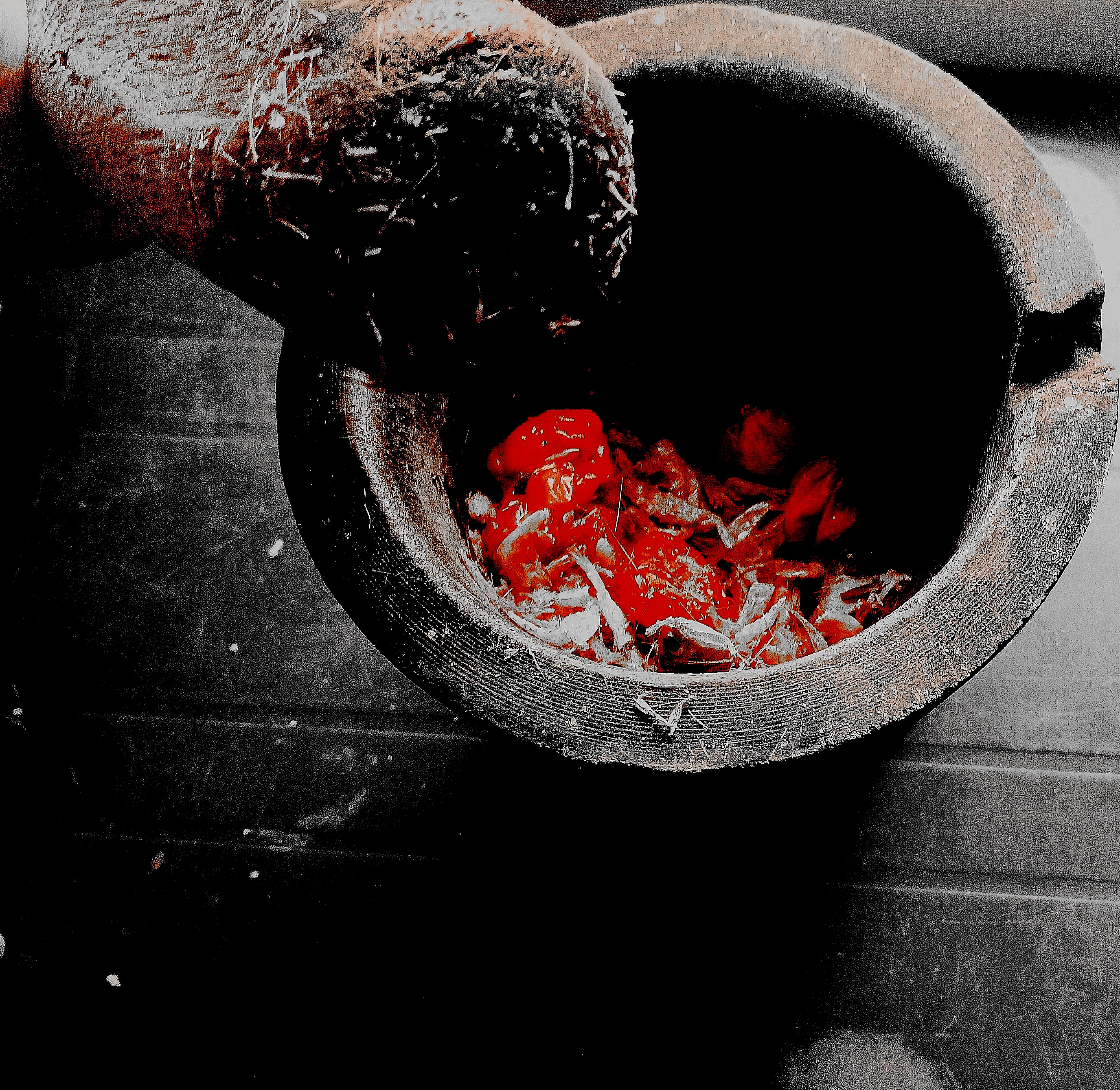|
Curtisiaceae
''Curtisia dentata'' (commonly known as the Assegai tree or Cape lancewood, af, Assegaai, xh, Umgxina, zu, Umagunda) is a flowering tree from Southern Africa. It is the sole species in genus ''Curtisia'', which was originally classed as a type of "dogwood" (''Cornaceae''), but is now placed in its own unique family Curtisiaceae. It is increasingly popular as an ornamental tree for gardens, with dark glossy foliage and sprays of pure white berries. The bark of this tree is a very popular component of traditional African medicine, leading to overexploitation and a decline in the species in some areas of South Africa.''Curtisia dentata'' in BoDD – Botanical Dermatology Database The tree is protected in South Africa. Name [...More Info...] [...Related Items...] OR: [Wikipedia] [Google] [Baidu] |
Cornales
The Cornales are an order of flowering plants, early diverging among the asterids, containing about 600 species. Plants within the Cornales usually have four-parted flowers, drupaceous fruits, and inferior to half-inferior gynoecia topped with disc-shaped nectaries. Taxonomy In the classification system of Dahlgren the Cornales were in the superorder Corniflorae (also called Cornanae). Under the APG IV system, the Cornales order includes these families: * Cornaceae (the dogwood family) * Curtisiaceae (cape lancewood) * Grubbiaceae (the sillyberry family) * Hydrangeaceae (the hydrangea family) * Hydrostachyaceae * Loasaceae (the stickleaf family) * Nyssaceae, (the tupelos) The oldest fossils assigned with confidence to the order are '' Hironoia fusiformis'', described from Coniacian age Japanese coalified fruits, and '' Suciacarpa starrii'' described from American permineralized fruits of Campanian age. Phylogeny The Cornales order is sister to the remainder of the large a ... [...More Info...] [...Related Items...] OR: [Wikipedia] [Google] [Baidu] |
Afromontane Flora
The Afromontane regions are subregions of the Afrotropical realm, one of the Earth's eight biogeographic realms, covering the plant and animal species found in the mountains of Africa and the southern Arabian Peninsula. The Afromontane regions of Africa are discontinuous, separated from each other by lower-lying areas, and are sometimes referred to as the Afromontane archipelago, as their distribution is analogous to a series of sky islands. Geography Afromontane communities occur above elevation near the equator, and as low as elevation in the Knysna-Amatole montane forests of South Africa. Afromontane forests are generally cooler and more humid than the surrounding lowlands. The Afromontane archipelago mostly follows the East African Rift from the Red Sea to Zimbabwe, with the largest areas in the Ethiopian Highlands, the Albertine Rift Mountains of Uganda, Rwanda, Burundi, Democratic Republic of the Congo, and Tanzania, and the Eastern Arc highlands of Kenya and Tanzania ... [...More Info...] [...Related Items...] OR: [Wikipedia] [Google] [Baidu] |
List Of Southern African Indigenous Trees
This is a list of Southern African trees, shrubs, suffrutices, geoxyles and lianes, and is intended to cover Angola, Botswana, Lesotho, Malawi, Mozambique, Namibia, South Africa, Swaziland, Zambia and Zimbabwe. The notion of 'indigenous' is of necessity a blurred concept, and is clearly a function of both time and political boundaries. The global distribution of plants useful to humans, or inadvertently transported by them, is closely linked to a mapping of their journeys and settlements, and the movement of species in prehistoric times must be inferred from archaeological and palaeontological remains, centers of diversity, DNA and other sources. Cyatheaceae * '' Cyathea capensis'' (L.f.) J.E. Sm. (''Hemitelia capensis'' Kaulf.) * ''Cyathea dregei'' Kunze (''Alsophila dregei'' (Kunze) R.M. Tryon) * ''Cyathea manniana'' Hook. * '' Alsophila thomsonii'' (Baker) R.M. Tryon (''Cyathea thomsonii'' Baker) Blechnaceae * '' Lomariocycas tabularis'' (Thunb.) Kuhn Cycadaceae * ''Cycas ... [...More Info...] [...Related Items...] OR: [Wikipedia] [Google] [Baidu] |
Curtisia Dentata, Vrugte, A, TUT-kampus
''Curtisia dentata'' (commonly known as the Assegai tree or Cape lancewood, af, Assegaai, xh, Umgxina, zu, Umagunda) is a flowering plant, flowering tree from South Africa, Southern Africa. It is the sole species in genus ''Curtisia'', which was originally classed as a type of Cornaceae, "dogwood" (''Cornaceae''), but is now placed in its own unique family Curtisiaceae. It is increasingly popular as an ornamental tree for gardens, with dark glossy foliage and sprays of pure white berries. The bark of this tree is a very popular component of traditional African medicine, leading to overexploitation and a decline in the species in some areas of South Africa.''Curtisia dentata'' in BoDD – Botanical Dermatology Database The tree is protected in South Africa. |
Afromontane
The Afromontane regions are subregions of the Afrotropical realm, one of the Earth's eight biogeographic realms, covering the plant and animal species found in the mountains of Africa and the southern Arabian Peninsula. The Afromontane regions of Africa are discontinuous, separated from each other by lower-lying areas, and are sometimes referred to as the Afromontane archipelago, as their distribution is analogous to a series of sky islands. Geography Afromontane communities occur above elevation near the equator, and as low as elevation in the Knysna-Amatole montane forests of South Africa. Afromontane forests are generally cooler and more humid than the surrounding lowlands. The Afromontane archipelago mostly follows the East African Rift from the Red Sea to Zimbabwe, with the largest areas in the Ethiopian Highlands, the Albertine Rift Mountains of Uganda, Rwanda, Burundi, Democratic Republic of the Congo, and Tanzania, and the Eastern Arc highlands of Kenya and Tanzan ... [...More Info...] [...Related Items...] OR: [Wikipedia] [Google] [Baidu] |
Armen Takhtajan
Armen Leonovich Takhtajan or Takhtajian ( hy, Արմեն Լևոնի Թախտաջյան; russian: Армен Леонович Тахтаджян; surname also transliterated Takhtadjan, Takhtadzhi︠a︡n or Takhtadzhian, pronounced takh-tuh-JAHN; 10 June 1910 – 13 November 2009), was a Soviet-Armenian botanist, one of the most important figures in 20th century plant evolution and systematics and biogeography. His other interests included morphology of flowering plants, paleobotany, and the flora of the Caucasus. He was one of the most influential taxonomists of the latter twentieth century. Life Family Takhtajan was born in Shushi, Russian Empire, present-day disputed Nagorno-Karabakh, on 10 June 1910, to a family of Armenian intellectuals. His grandfather Meliksan Takhtadzhyan Petrovich had been born in Trabzon, Ottoman Empire and was educated in Italy, on the island of San Lazzaro degli Armeni, an Armenian enclave, spoke many languages and worked as a journalist. He ... [...More Info...] [...Related Items...] OR: [Wikipedia] [Google] [Baidu] |
1 Assegai Tree - Curtisia Dentata - Afromontane
1 (one, unit, unity) is a number representing a single or the only entity. 1 is also a numerical digit and represents a single unit of counting or measurement. For example, a line segment of ''unit length'' is a line segment of length 1. In conventions of sign where zero is considered neither positive nor negative, 1 is the first and smallest positive integer. It is also sometimes considered the first of the infinite sequence of natural numbers, followed by 2, although by other definitions 1 is the second natural number, following 0. The fundamental mathematical property of 1 is to be a multiplicative identity, meaning that any number multiplied by 1 equals the same number. Most if not all properties of 1 can be deduced from this. In advanced mathematics, a multiplicative identity is often denoted 1, even if it is not a number. 1 is by convention not considered a prime number; this was not universally accepted until the mid-20th century. Additionally, 1 is the s ... [...More Info...] [...Related Items...] OR: [Wikipedia] [Google] [Baidu] |
Trees Of South Africa
In botany, a tree is a perennial plant with an elongated stem, or trunk, usually supporting branches and leaves. In some usages, the definition of a tree may be narrower, including only woody plants with secondary growth, plants that are usable as lumber or plants above a specified height. In wider definitions, the taller palms, tree ferns, bananas, and bamboos are also trees. Trees are not a taxonomic group but include a variety of plant species that have independently evolved a trunk and branches as a way to tower above other plants to compete for sunlight. The majority of tree species are angiosperms or hardwoods; of the rest, many are gymnosperms or softwoods. Trees tend to be long-lived, some reaching several thousand years old. Trees have been in existence for 370 million years. It is estimated that there are some three trillion mature trees in the world. A tree typically has many secondary branches supported clear of the ground by the trunk. This trunk typically ... [...More Info...] [...Related Items...] OR: [Wikipedia] [Google] [Baidu] |
Traditional African Medicine
Traditional African medicine is a range of traditional medicine disciplines involving Indigenous peoples of Africa, indigenous herbalism and Traditional African religions, African spirituality, typically including divination, diviners, midwives, and herbalism, herbalists. Practitioners of traditional African medicine claim to be able to cure a variety of diverse conditions including cancer, psychiatric disorders, high blood pressure, cholera, most venereal diseases, epilepsy, asthma, eczema, fever, anxiety, depression, benign prostatic hyperplasia, urinary tract infections, gout, and healing of wounds and burns and even Ebola. Diagnosis is reached through spiritual means and a treatment is prescribed, usually consisting of a herbal remedy that is considered to have not only healing abilities but also symbolic and spiritual significance. Traditional African medicine, with its belief that illness is not derived from chance occurrences, but through spiritual or social imbalance, dif ... [...More Info...] [...Related Items...] OR: [Wikipedia] [Google] [Baidu] |
Flora Of South Africa
The wildlife of South Africa consists of the flora and fauna of this country in southern Africa. The country has a range of different habitat types and an ecologically rich and diverse wildlife, vascular plants being particularly abundant, many of them endemic to the country. There are few forested areas, much savanna grassland, semi-arid Karoo vegetation and the fynbos of the Cape Floristic Region. Famed for its national parks and big game, 297 species of mammal have been recorded in South Africa, as well as 849 species of bird and over 20,000 species of vascular plants. Geography South Africa is located in subtropical southern Africa, lying between 22°S and 35°S. It is bordered by Namibia, Botswana and Zimbabwe to the north, by Mozambique and Eswatini (Swaziland) to the northeast, by the Indian Ocean to the east and south, and the Atlantic Ocean to the west, the coastline extending for more than . The interior of the country consists of a large, nearly flat, plateau with a ... [...More Info...] [...Related Items...] OR: [Wikipedia] [Google] [Baidu] |
Seed
A seed is an embryonic plant enclosed in a protective outer covering, along with a food reserve. The formation of the seed is a part of the process of reproduction in seed plants, the spermatophytes, including the gymnosperm and angiosperm plants. Seeds are the product of the ripened ovule, after the embryo sac is fertilized by sperm from pollen, forming a zygote. The embryo within a seed develops from the zygote, and grows within the mother plant to a certain size before growth is halted. The seed coat arises from the integuments of the ovule. Seeds have been an important development in the reproduction and success of vegetable gymnosperm and angiosperm plants, relative to more primitive plants such as ferns, mosses and liverworts, which do not have seeds and use water-dependent means to propagate themselves. Seed plants now dominate biological niches on land, from forests to grasslands both in hot and cold climates. The term "seed" also has a general me ... [...More Info...] [...Related Items...] OR: [Wikipedia] [Google] [Baidu] |
Hedge
A hedge or hedgerow is a line of closely spaced shrubs and sometimes trees, planted and trained to form a barrier or to mark the boundary of an area, such as between neighbouring properties. Hedges that are used to separate a road from adjoining fields or one field from another, and are of sufficient age to incorporate larger trees, are known as hedgerows. Often they serve as windbreaks to improve conditions for the adjacent crops, as in bocage country. When clipped and maintained, hedges are also a simple form of topiary. A hedge often operates as, and sometimes is called, a "live fence". This may either consist of individual fence posts connected with wire or other fencing material, or it may be in the form of densely planted hedges without interconnecting wire. This is common in tropical areas where low-income farmers can demarcate properties and reduce maintenance of fence posts that otherwise deteriorate rapidly. Many other benefits can be obtained depending on the specie ... [...More Info...] [...Related Items...] OR: [Wikipedia] [Google] [Baidu] |

.png)






